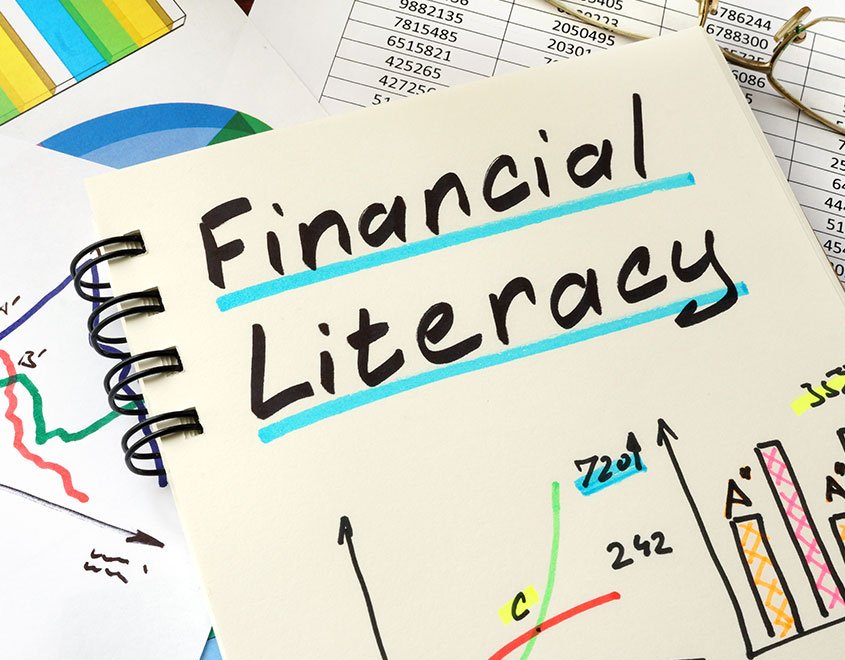In today’s increasingly complex financial world, equipping high school students with financial literacy is not just beneficial—it’s essential. As young adults face decisions involving budgeting, saving, credit, and investments, they need the skills to navigate these areas with confidence and competence. Teachers play a pivotal role in delivering this education effectively. This guide explores the importance of financial literacy in high school, the core concepts students should master, and practical strategies for teaching them.
Why Financial Literacy Matters for High School Students
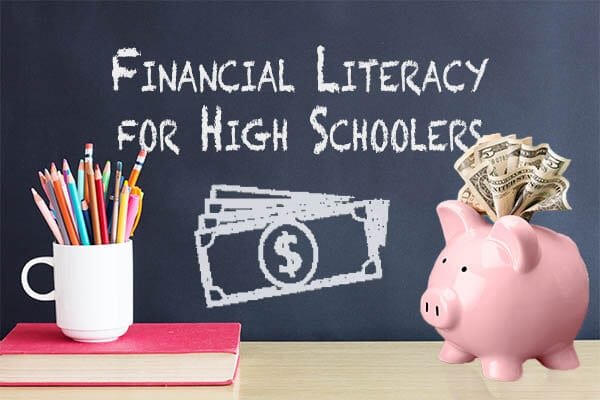
Preparing Students for Real-Life Decisions
Many students will soon be making independent financial decisions—whether it’s managing part-time job income, applying for student loans, or budgeting for college expenses. Financial literacy gives them the foundation to make smart choices early on.
Combatting Financial Illiteracy
According to studies, a large percentage of teens lack basic financial knowledge. Teaching financial literacy can help reduce debt, improve savings rates, and foster better financial behaviors long-term.
Promoting Economic Equality
Financial literacy education helps level the playing field for students from diverse backgrounds. It can empower disadvantaged students with the tools to escape cycles of poverty and build economic stability.
Core Concepts of Financial Literacy for High School Students
Budgeting and Money Management
- Understanding income and expenses
- Creating a personal budget
- Tracking spending habits
Saving and Emergency Funds
- Importance of saving early
- Setting financial goals
- Building an emergency fund
Credit and Debt
- Understanding credit scores and reports
- Using credit responsibly
- Avoiding high-interest debt and predatory lending
Banking and Financial Institutions
- Opening and managing checking/savings accounts
- Understanding fees and interest
- Using online and mobile banking safely
Investing Basics
- Introduction to stocks, bonds, and mutual funds
- Understanding risk and return
- The power of compound interest
Taxes and Income
- Types of taxes (income, sales, property)
- Reading a paycheck and W-2
- Basic tax filing concepts
Consumer Awareness
- Identifying scams and fraud
- Understanding advertising and peer pressure
- Making informed purchasing decisions
Strategies for Teaching Financial Literacy
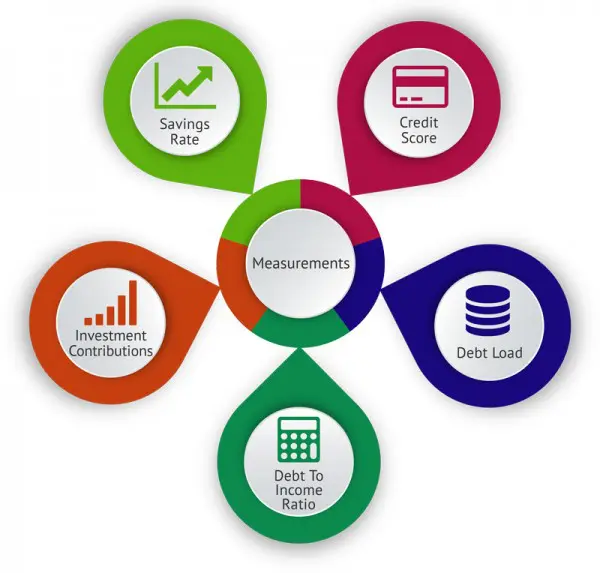
Integrate Real-Life Scenarios
Simulating real-world financial decisions can make abstract concepts relatable. Create classroom exercises where students budget for a monthly income, apply for a credit card, or plan a vacation on a fixed budget.
Use Technology and Online Tools
Financial literacy games, apps, and online calculators engage students and provide interactive learning opportunities. Examples include:
- Budgeting apps like Mint
- Simulations like The Stock Market Game
- Credit score simulators
Invite Guest Speakers
Bringing in local bankers, financial advisors, or entrepreneurs can provide students with real-world insights. These professionals can explain financial concepts and share personal experiences.
Project-Based Learning
Assign long-term projects such as designing a financial plan, creating a business model, or analyzing stock performance over time.
Link to Core Subjects
Incorporate financial literacy into math, economics, or social studies. For example, use percentages to calculate interest, or study economic inequality in social science classes.
Building a Financial Literacy Curriculum
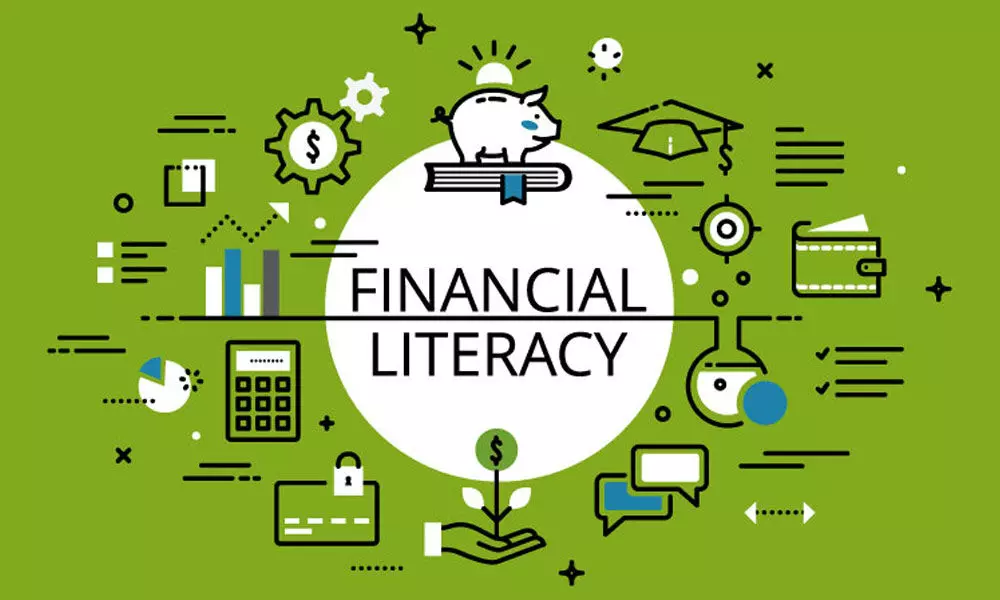
Aligning with National Standards
Frameworks such as the Jump$tart Coalition’s National Standards in K-12 Personal Finance Education offer a guideline for structuring a curriculum.
Age-Appropriate Learning Objectives
Break content into age-appropriate segments:
- 9th Grade: Budgeting, goal-setting, needs vs. wants
- 10th Grade: Banking, credit basics, identity theft
- 11th Grade: Loans, insurance, saving for college
- 12th Grade: Taxes, investing, retirement planning
Assessment and Evaluation
Use quizzes, presentations, peer reviews, and reflection journals to evaluate student understanding. Pre- and post-assessments can measure growth.
Overcoming Challenges in Teaching Financial Literacy
Lack of Teacher Training
Many teachers feel underprepared to teach financial topics. Ongoing professional development and certification programs can help.
Curriculum Limitations
In schools where financial literacy is not a standalone course, teachers can integrate financial topics into existing classes or after-school programs.
Student Engagement
To maintain interest, connect lessons to students’ lives. Discuss trending financial topics like cryptocurrency, social media influence on spending, or the student loan crisis.
Financial Literacy Resources for Teachers
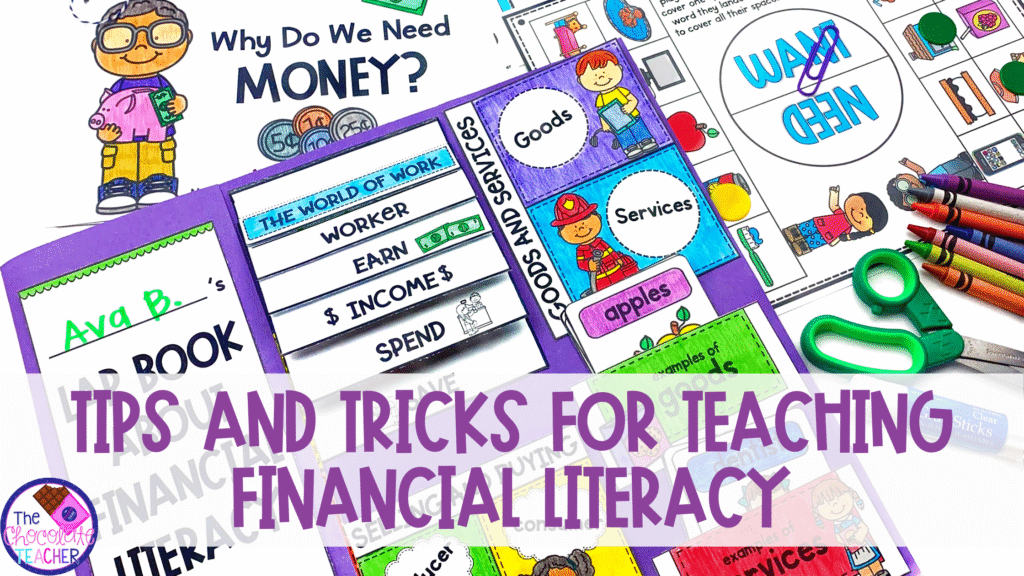
Curriculum and Lesson Plans
- Next Gen Personal Finance (NGPF): Free, standards-aligned lessons
- Jump$tart Coalition: Teaching materials and educator support
- Council for Economic Education (CEE): Financial education tools
Professional Development
- NFEC Certified Financial Education Instructor (CFEI)
- NEFE Financial Workshop Kits
- Webinars, local financial education workshops, and online certification courses
Student Tools
- EverFi Financial Literacy Course
- Kahoot! Quizzes on Finance Topics
- Investopedia’s Student Guides
Benefits of Financial Literacy Education
Improved Academic Performance
Students with strong financial literacy skills often perform better in other academic areas, thanks to improved critical thinking and decision-making.
Better Long-Term Outcomes
Financially literate students are more likely to attend college, avoid debt traps, and accumulate savings. These skills lay the groundwork for a secure financial future.
Empowered Communities
Widespread financial education promotes financially healthy communities, reducing reliance on predatory financial services and increasing civic engagement.
Also Read : What Facilities Are Typically Available On A University Campus?
Conclusion
Teaching financial literacy in high school is one of the most powerful tools educators have to prepare students for adult life. From budgeting and credit to investing and taxes, financial knowledge equips students to make informed choices and avoid common pitfalls. With the right strategies, resources, and support, teachers can transform classrooms into launchpads for lifelong financial well-being. In doing so, they not only change individual lives—but potentially whole communities.
Frequently Asked Questions (FAQs)
Q1: Why is financial literacy important for high school students?
It prepares them to make smart financial decisions about money management, credit, college expenses, and future planning.
Q2: What topics should be included in a financial literacy course?
Budgeting, saving, credit, investing, taxes, banking, and consumer awareness are all essential topics.
Q3: How can teachers incorporate financial literacy into existing curricula?
By linking concepts to math (interest calculations), social studies (economic systems), and practical applications like budgeting exercises.
Q4: Are there resources available to help teachers build a financial literacy program?
Yes. Websites like Next Gen Personal Finance, Jump$tart, and CEE offer free lesson plans, tools, and professional development.
Q5: Can financial literacy be taught without a dedicated course?
Absolutely. It can be woven into advisory periods, homeroom, after-school clubs, or integrated into other subjects.
